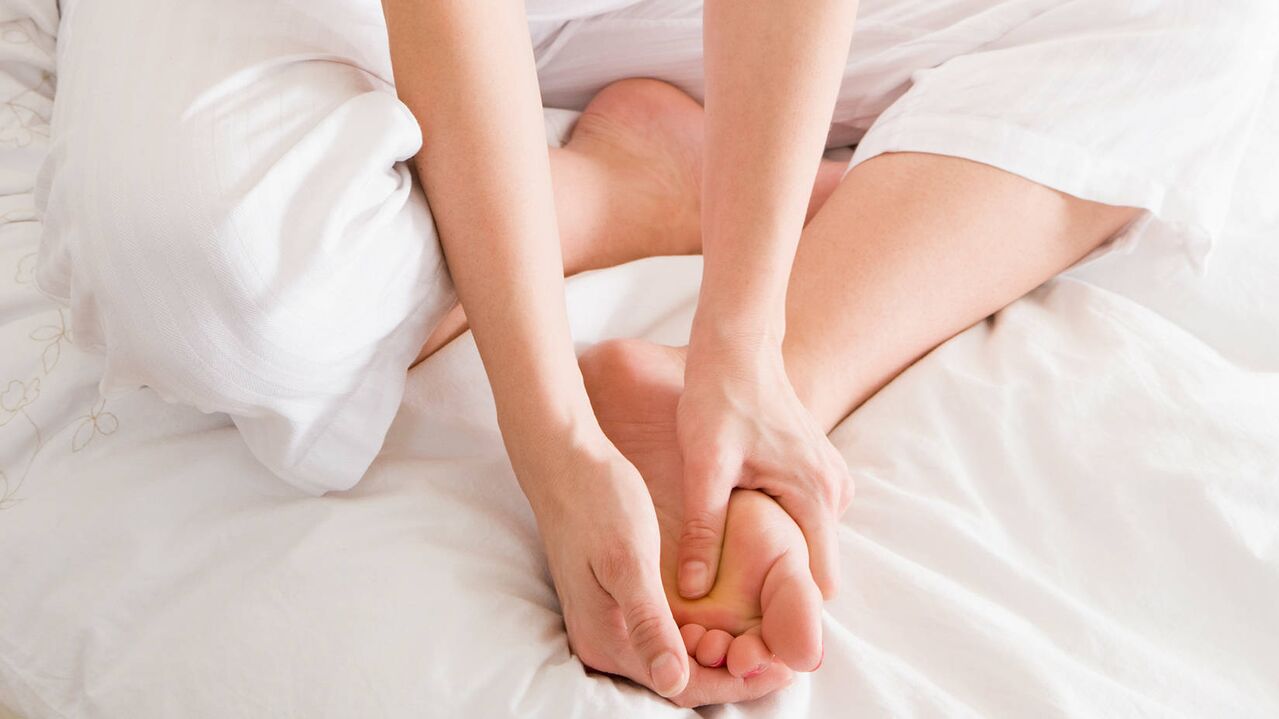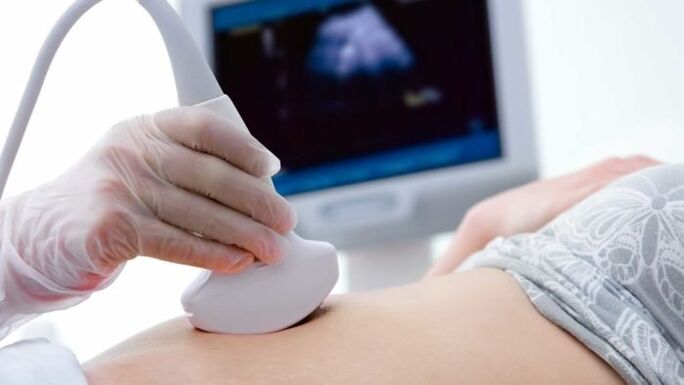What is varicose veins? The disease is characterized by swelling of the peripheral veins under the skin. This disease has no age limits, that is, the disease can appear even in a child.
Experts advise comprehensive treatment of varicose veins. Therapy includes medication and traditional medicine. In severe cases, surgery is required. Symptoms and treatment of varicose veins on the legs are different.
Causes
There are factors that cause leg vein pathology. Lifestyle is one of the main factors. If a person is often in the same position, such as standing or sitting, then the risk of occurrence increases by 70%.
Improper footwear or physical activity above the norm can develop the disease.
Varicose veins formed on the legs of women who give birth. This is due to the fact that the body is sharply exposed to additional stress. Another reason is hormonal failure, which can occur when taking birth control pills.
Indirect reasons include the following factors:
- Smoking tobacco. Toxic substances interfere with the process of hematopoiesis, due to which the work of blood vessels is disturbed.
- Depression and prolonged stress. The nervous system is directly connected to the blood vessels. In any disorders of the central or autonomic nervous system, the walls of blood vessels become thinner and less elastic.
- Physical activity is above normal. Varicose veins of the lower extremities often occur in athletes who want to gain muscle mass. Excessive exercise contributes to the appearance of varicose veins.
- Wrong shoes. Walking in heels often causes varicose veins. It is precisely for this reason that the pathology is most characteristic of women. When walking on high heels, the entire load falls on the legs, in which case the veins suffer inexorably.
Another reason is hereditary predisposition. In the presence of illness in relatives, the risk of varicose veins increases.
Symptoms of the disease
Signs of varicose veins on the legs in women and men develop gradually. Many men and women do not pay attention to the first signs of varicose veins, referring to other factors. It is precisely because of untimely treatment that neglected varicose veins are quite difficult to treat. Symptoms of the disease include the following:
- Vascular network, which appears at the beginning of the disease either on the inner side of the thigh or on the calves.
- In the evening, the patient begins to worry about tiredness in the legs, heaviness, internal itching is felt. The leg seems to itch all the time, although scratching does not produce results.
- At night, the patient often has cramps in the lower extremities.
- Swelling is observed after sleeping.

The above symptoms are typical for the initial stage of the development of varicose veins. If the treatment is started on time, it is possible to completely eliminate the disease without recurrence and consequences. If a person did not pay attention to the first signs, varicose veins continue to develop. In this case, the symptoms of varicose veins on the legs are as follows:
- The venous nodes appear to protrude above the skin.
- When palpating the veins on the legs, pain is observed.
- During any movement or walking, pain similar to muscle pain is observed.
- The legs get tired much faster, there is a feeling of heaviness.
Varicose veins of the lower extremities can lead to serious complications that affect the patient's quality of life. For this reason, experts recommend that you take care of your own well-being, and at the slightest symptoms of varicose veins on the legs, consult a doctor immediately.
Diagnostics
This diagnosis can be rejected or confirmed only by a vascular surgeon or phlebologist. A qualified specialist can recognize this pathology even in the initial stage. First, the doctor examines the affected area of the skin, asks general questions: how long ago did the first signs of varicose veins appear, what symptoms are bothering the patient, was there any treatment at home.

In order to finally confirm the diagnosis and determine the severity of the disease, the following types of diagnostics are used:
- Ultrasound procedure.
- Phlebography with a contrast medium.
Today, phlebography is more often used as a diagnosis, this is due to the fact that this method is the most accurate and informative.
Treatment of varicose veins
How to treat varicose veins on the legs in women? Only a phlebologist can prescribe the correct treatment. Depending on the severity of the disease, different treatments are used. Surgical intervention is used only in advanced stages of the disease, when drug therapy does not work. Comprehensive treatment for varicose veins includes the following:
- Firm gauze bandages, compression underwear, elastic bandage.
- A useful substance for varicose veins is hirudin. In a natural way, this element can be obtained from the bite of a leech.
- Endovasal laser coagulation is a method of closing subcutaneous veins with laser beams.
- Sclerotherapy is the removal of veins by injecting a substance through the finest needles.
- Massage - used to thin the blood and improve blood circulation.
- Taking anti-inflammatory pills, using external ointments.
Treatment with folk remedies
How to cure varicose veins? This question is asked by everyone who is faced with a diagnosis. As mentioned above, phlebologists advise to approach this problem comprehensively. Against the background of the treatment of varicose veins with drugs, some prescriptions of traditional medicine are successful and effective.

Consider how to treat varicose veins on the legs in women:
- Garden tomatoes will help relieve itching and relieve tension. Both ripe and green tomatoes are suitable for recipes. Cut tomatoes into slices, place them on the affected area. Fix with bandages. Every three hours, vegetables should be replaced with fresh ones. Homegrown tomatoes are more beneficial than store-bought tomatoes. Tomatoes should be applied during the day. The next day you will feel lightness in your legs.
- Spread a cabbage leaf with olive oil and place it on the swollen veins. Fix with bandages and leave for at least 7 hours. It is recommended to treat at night. In case of severe pain, you can apply the recipe daily, at night.
- Coat the cotton fabric liberally with liquid floral honey. We wrap the leg, fix it with an elastic bandage from above. We leave 3 hours. It is recommended that the procedure be performed every three days.
- Cut the green walnuts in half and put them in a liter jar. Fill with vodka or medical alcohol. Close the lid and leave in a dark place for one week. When the tincture is ready, rub your legs every evening from heels to thighs with massaging movements.
- Cover the leaves and flowers of St. John's wort with water and boil. Turn off the heat and cover with a lid. After 6 hours - the broth is ready. We put the cotton cloth in the decoction, squeeze it a little and fix the cloth on the affected leg. This recipe helps to get rid of itching and pain. You can use the recipe daily.
- Squeeze the aloe juice into a glass container. You should get at least one tablespoon in total. Add five drops of almond oil and 3 drops of camphor oil. We heat it in a water bath, up to about 40 degrees. We rub swollen veins and skin about three times a week.
- We take lilac flowers and put them in an enameled container. Pour 0. 5 liters of sunflower oil. Place in a water bath and boil. Cool to room temperature and rub on damaged skin. Put a tread bandage on top. We're leaving for the night. The procedure must be performed at least three times a week.
Possible complications
Varicose veins of the lower extremities require timely treatment. If you do not take any therapeutic measures, the following complications may occur:
- Pulmonary embolism.
- Thrombosis.
- Thrombophlebitis.
- Phlebitis.
- Vein rupture.
- Dermatitis.
Preventive measures
Those who are at the highest risk of developing varicose veins in the legs should follow preventive measures. First of all, this category of people includes those whose close relatives are prone to the disease. You should especially take care of your health for women who are expecting a baby and people whose work requires regular sitting or standing. Consider the general recommendations:
- Lead an active lifestyle. Walk more often, move more, exercise several times a day. If your lifestyle and hectic work schedule do not allow you to engage in any sport, in this case there is a rational solution: move away from work, get off the transport a few stops earlier. A daily walk will replace sports.
- If the main working hours require a sitting position, try to move your legs more often, including your toes. In order to diversify the position of the legs, experts advise to start the rack, about 30 cm from the floor, occasionally raising the legs.
- Women should stop taking hormonal pills and consult a doctor to prescribe another type of contraception.
- Do not wear shoes with too high heels every day.
- Quit smoking and other bad habits.
If you notice heaviness, the appearance of veins on the legs or pain in the lower extremities, contact a phlebologist. Prescribed therapy in the early stages will help to avoid serious complications and relapses.























